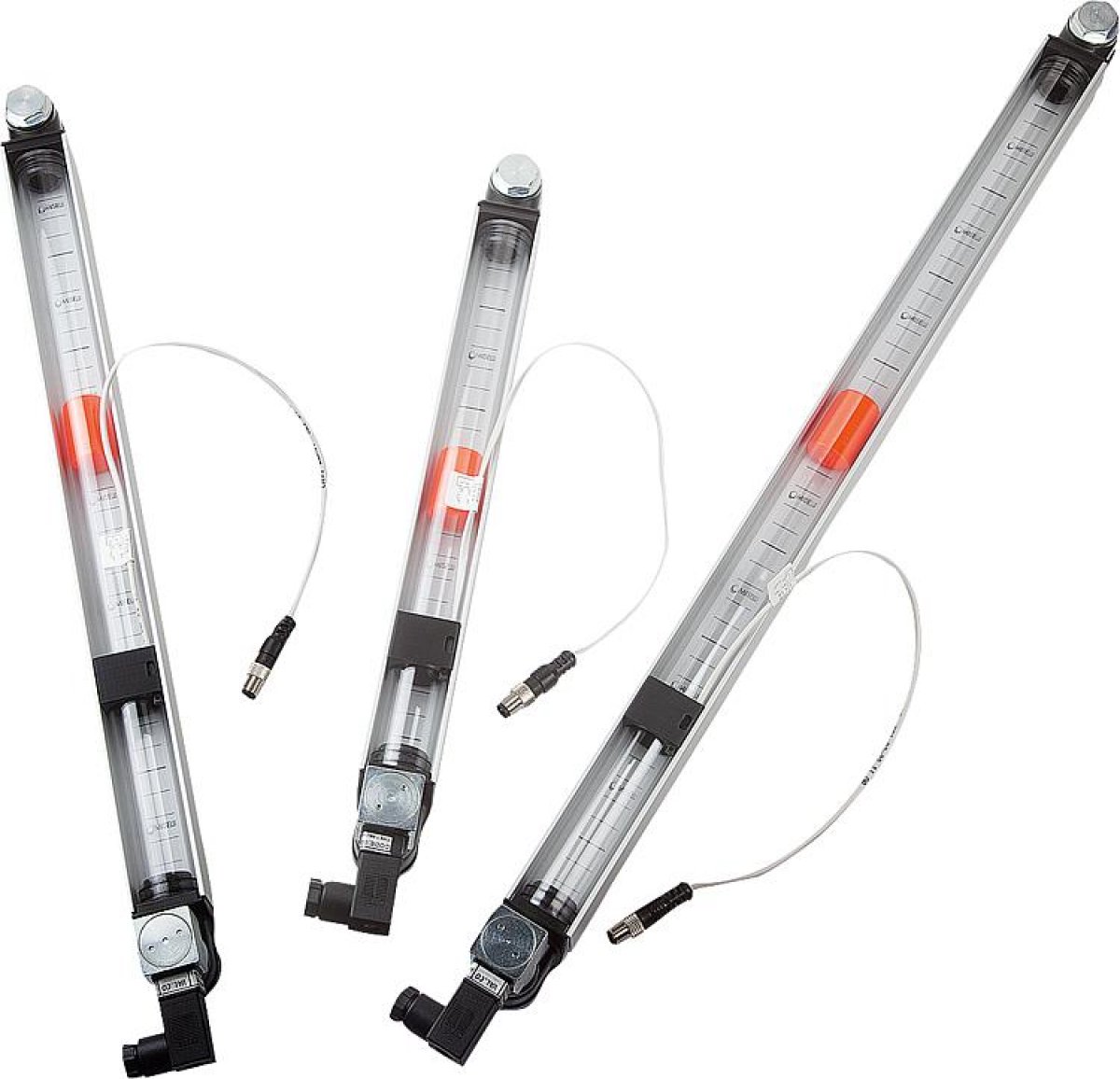The oil level gauge not only enables the oil level to be viewed but also recorded using a REED switch. In addition, the oil level gauges can also emit an electric signal if the temperature of the liquid inside the container reaches the threshold of 70 °C.
As soon as the float element approaches the selected minimum value after the circuit has been closed, the system emits an electric signal.
The sensor is located on the housing and its height can be adjusted in line with the control requirements for the oil level. The minimum level is ca. 35 mm from the centre of the lower fastening screw.
The reed switch is equipped with a normally open (NO) contact as standard.
The temperature is monitored by a temperature switch (bi-metal). When the specified temperature is reached, the sensor closes (NO) or opens (NC) the circuit depending on the model.
The maximum pressure is 1 bar. The maximum tightening torque of the fastening screws is 5 Nm.
The sight glass has high mechanical strength and is resistant to mineral oil, petrol, lubricants, petroleum, solvents and most chemical substances. Avoid contact with alcoholic solutions and hot water.
Material:
Housing aluminium.
Tube polycarbonate.
Caps polyamide.
O-ring and flat seal NBR.
Reflector PVC.
Float plastic.
Screws and nuts, steel.
Version:
Sight glass crystal clear.
Reflector white.
Float red, with magnetic element.
Screws and nuts electro zinc-plated.
Assembly:
The oil level gauge is secured using two M12 tapped holes or, two 12.2 mm (± 0.2 mm) holes and flange nuts. Centre distance for the fastening holes = L1 ±0.5.
Function:
The oil level is measured using a float element with a magnet that activates the electrical contact when the REED level switch is reached. If the oil level falls below a particular level, an electrical pulse can be emitted.
Note:
Strong magnetic fields can impair function.
